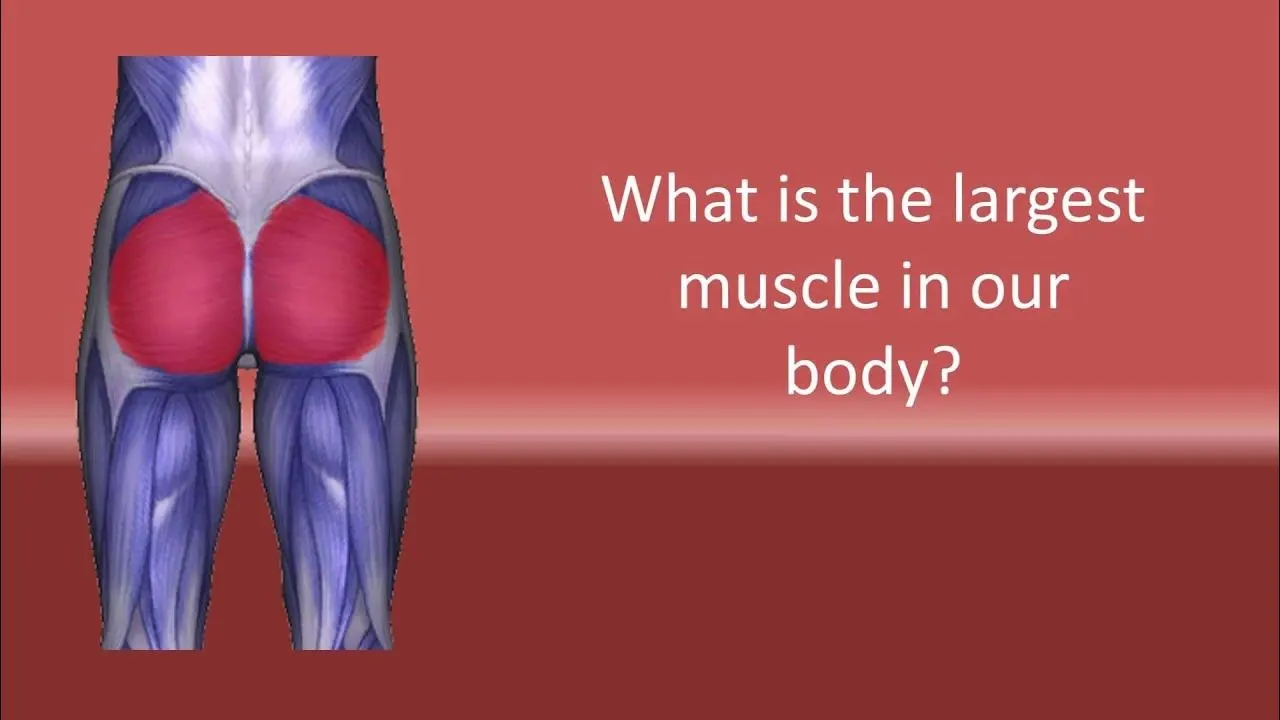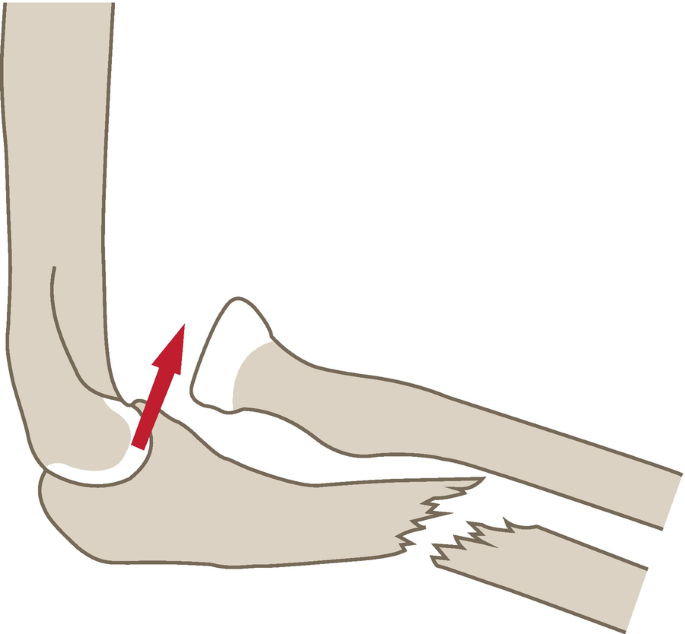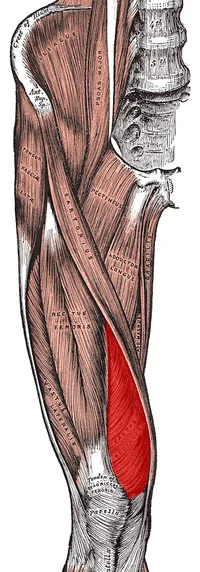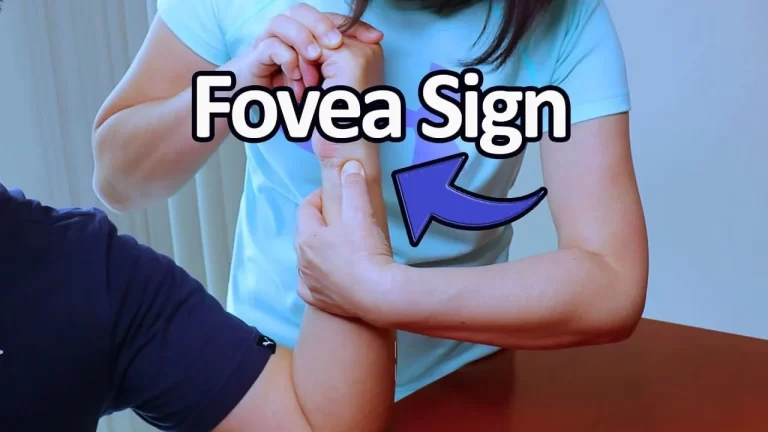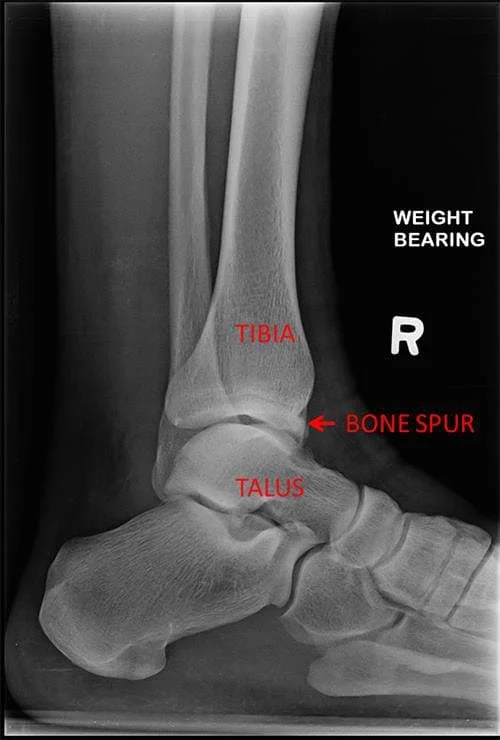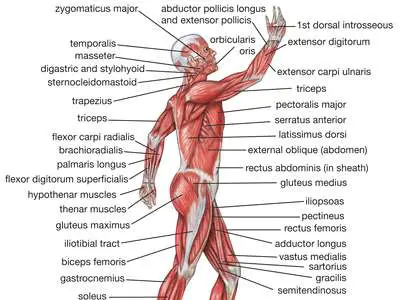Your Body’s Biggest and Most Important Muscle
The biggest and most important muscle in our body is the gluteus maximus. The gluteus maximus is responsible for stabilizing the hip joint and plays a main role in our capacity to move our thighs. With a name like gluteus Maximus, it should not be hard to remember it is the biggest muscle in the body.
In addition to the gluteus maximus your glutes contain two other muscles as well, the gluteus medius and the gluteus minimus.
Introduction:
The Gluteus Maximus Muscle is the biggest and heaviest muscle compared to other Human Body muscles. It is the most external of all gluteal muscles that are situated at the posterior aspect of the hip joint. It is the biggest muscle at the hip representing 16% of the total cross-sectional part.
The primary hip extensor muscle in humans is the gluteus maximus. It is the biggest and most outer of the three gluteal muscles and makes up a large part of the shape and build of separate sides of the hips. The biggest muscle in the human body is this one. Its thick fleshy mass, in a quadrilateral shape, forms the importance of the buttocks. The other gluteal muscles are the medius and minimus, and occasionally informally these are collectively directed to as the glutes.
Its big size is one of the most characteristic features of the muscular system in humans, connected as it is with the power of maintaining the torso in the erect posture. Other primates have much flatter hips and cannot sustain standing erect.
The muscle is made up of muscle fascicles lying parallel with one another, and are collected together into larger loads separated by fibrous septa.
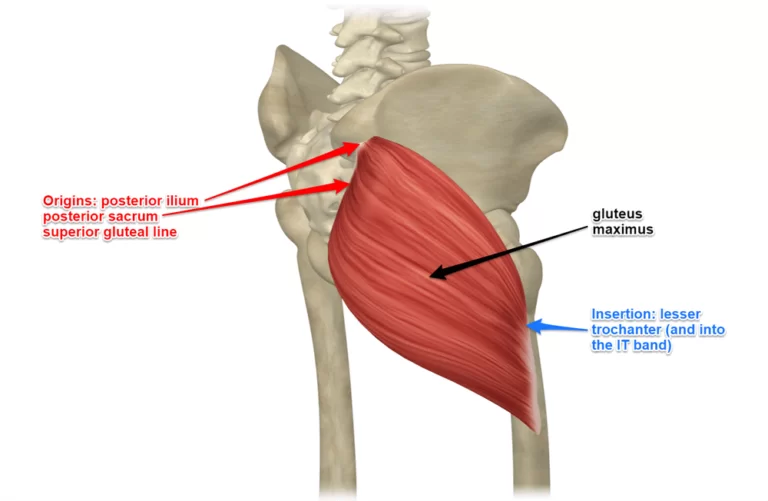
Origin
Gluteus maximus of the right side – outline and attachment areas.
- Exterior slope of the dorsal segment of the iliac crest
- surface by ilium
- The bottom portion of the sacrum’s dorsal surface
- Side of coccyx
- Sacrotuberous ligament
- Gluteal aponeurosis
- connect to thoracolumbar fascia and its associated raphe. By this attachment Glutes maximus is connected to the ipsilateral multifidus and contralateral Latissimus dorsi creating posterior oblique and deep longitudinal myofascial slings
Insertion
- Gluteal tuberosity
- Iliotibial tract
Nerve supply
The inferior gluteal nerve supplies the gluteus maximus (root L5, S1 and S2). Cutaneous supply is mostly provided by L2 and 3.
Blood supply
This muscle receives blood supply from the inferior and superior gluteal arteries
Function
- Top extensor of the thigh
- Important for maintaining an erect posture
- Lateral rotation of the thigh
- Abduction of the thigh
Role in ADLs eg:
- As a strong extensor of the hip joint, the gluteus maximus is fitted to powerful lower limb movements eg stepping onto a step, climbing, or running but is not used greatly during everyday walking.
- The Gluteus maximus and the hamstrings function together to extend the trunk from a flexed position by drawing the pelvis backward, eg standing up from a flexed forward position. Eccentric power is also provided when turning forward.
- If the gluteus maximus is paralyzed climbing stairs and running will become very hard however, other muscles can extend the hip. Gluteus maximus can be trained to create functional knee extension when the quadriceps femoris is weak or paralyzed.
Analysis has shown that contraction of the deep abdominal muscles may help with the contraction of the gluteus maximus to help with the management of anterior pelvic rotation. There have been various lower limb injuries that may be linked to gluteal muscle weakening.
Clinical Relevance
One of the strongest muscles in the human body is the gluteus maximus. To extend the hip, it cooperates with the semitendinosus and semimembranosus. When immobility of the gluteus maximus happens, the person feels a problem standing up from the sitting posture without support. The gluteus maximus paralysis is additionally obvious in the case of muscular dystrophy.
The Gower’s sign is positive on physical examination which is mainly seen due to the weakness of proximal hip muscles. In such a condition, the child feels a problem standing up due to which he/she places their hands on the legs for support and then on the thighs which helps the child to climb on themselves.
Inhibition of Glutes Maximus
The gluteal maximus is one of the phasic muscles in our body that is frequently restricted for a variety of reasons.
- From the hip joint, atherogenic restriction.
- tight iliopsoas, similar to the posterior lower crossed syndrome, which transmits a reciprocal inhibition to the glute maximus.
- Inhibition of the pain reflex for either lumbopelvic or hip discomfort.
- stretched Glutes maximum weakness.
- An inactive lifestyle and not accomplishing sports since all the work will be done by the hamstring as an energy-conservative mechanism of the body to save Glutes maximus for hard activities such as running, raising stairs, etc. So not performing sports won`t contract your Glutes maximus and raise its inhibition making the hamstring take over its action and become synergistic dominant.
All these reasons will not only impact the timing of the Glutes Maximus but also influence the amplitude of activation of the Glutes maximus.
Assessment
Palpation
Find the iliac crest then move posteriorly along the crest to a little bony process named the posterior superior iliac spine (PSIS). Put the palm of your hand with fingers pointing down and towards the midline of the body. The upper hand now surrounds the origin attachments and under the palm is the majority of the gluteus maximus.
Squeeze of the muscle can prove this. Gluteus maximus can be palpated whilst it works during standing hip extension, a step-up, or whilst standing to increase the medial borders of the foot.
Evaluation of movement pattern
Since the Glute Maximus is used to maintain limb control during landings, jumps, direction changes, and other athletic-type activities, a weak or dysfunctional Glute Maximus will result in hip adduction and internal rotation that indicate weak GM.
In addition to pelvic alignment and posture analysis from standing hip extension movement patterns, the flexibility of the hamstrings and hip flexors is examined.
Strength
A manual muscle test can be used to do a hip extension in a prone position with 90-degree knee flexion to reduce hamstring assistance. In contrast, if accessible, isokinetic or handheld dynamometers are preferable for use. Functional tasks include jumping, squatting, changing directions, and stepping up and down.
Which Are Gluteus Maximus Injury Symptoms and Signs?
The gluteus maximus (GM), the largest of the three gluteal muscles, is responsible for the form of the hips and buttocks. Diagnosing an injury unique to this muscle might be challenging because it collaborates with other lower limb and back muscle groups. However, any GM injury usually manifests as one of the following symptoms of a gluteus maximus injury:
- stiffness and pain in the area of the buttocks
- unease during bending, sitting, and standing
- Evident bruising or swelling
- Sensitivity
- a widespread sense of helplessness
Treatment for Gluteus Maximus Injuries
Treatment options for gluteal area injuries are similar when surgery or extensive rehabilitation is not required. For the patient’s pain and discomfort as well as the muscle’s inflammation to be reduced, immediate therapy is required.
A soft pillow placed beneath the buttocks might assist in elevating the hip and icing the buttocks. A pregnancy pillow, neck pillow, or pool inflatable in the shape of a donut can be helpful if sleeping on your back and putting weight on your buttocks causes too much pain. Also, the patient must minimize movement to promote faster muscle healing, which means rest is essential.
In certain cases, doctors may advise giving steroid injections straight into the muscle to minimize inflammation as soon as feasible. Because this operation involves the use of an ultrasound and a lengthy needle, it should only be performed by medical professionals.
If the patient’s ailment was caused by overuse, after participating in sports, they might require physical treatment. In addition to being a symptom, an aberrant gait can also be the cause of gluteal injury. Individuals who experience this kind of injury must receive therapy to repair their GM and improve their gait.
Another form of treatment for the symptoms of weak gluteus maximus is strength training. Through the maintenance or even improvement of the muscle’s range of motion, appropriate and consistent activities that strengthen the GM can prevent future injuries.
then start by gradually and increasingly activating your glutes maximus, as indicated in the exercises for activation below.
Activation of Glutes Maximus
The Glutes maximus can be activated by a variety of workouts; EMG activity indicates the percentage of the Glutes maximus that is activated by each exercise. We split them up as follows:
Level of activation of Glutes maximus with Maximum voluntary isometric contraction (MVIC)
Type of exercises
Low level of activation (0_20%MVIC)
- prone bridge/plank (9% ± 7%MVIC).
- Lunge with backward trunk lean (19% ±12% MVIC).
- Bridging on Swiss ball (20% ±14% MVIC).
Moderate-level activation (21–40% MVIC)
- Side-lying hip abduction (21%± 16% MVIC)
- Lunge with forward trunk lean (22%± 12% MVIC)
- Bridging on a stable surface (25%± 14% MVIC)
- Clam with 30° hip flexion (34%± 27% MVIC)
- Lunge neutral trunk position (36% MVIC)
- Clam with 60° hip flexion (39%± 24%MVIC)
- Unilateral bridge (40% ± 20% MVIC).
High-level activation (41–60% MVIC)
- Sideways lunge (41% ± 20% MVIC)
- Lateral step-up (41% MVIC)
- Transverse lunge (49% ± 20% MVIC)
- Quadruped with contralateral arm/leg lift (56% ± 22%
- MVIC)
- Unilateral mini-squat (57% ± 44%MVIC)
- Retro step-up (59% ± 35% MVIC)
- Wall squat (59% MVIC)
- Single-limb squat (59% ± 27% MVIC)
- Single-limb deadlift (59% ± 28% MVIC)
Very high-level activation (>60% MVIC)
- Forward step-up (74% ± 43% MVIC).
FAQ
What is the maximum gluteus?
The gluteus maximus, gluteus medius, and gluteus minimus form the group of muscles known as the gluteal muscles, which are located in the buttock region. The majority of the structure and form of the buttock and hip region is composed of the gluteus maximus, the largest and most superficial of the three muscles.
How can you increase the size of your glutes?
The 6 best glute workouts for strength, power, and size
Barbell Hip Thrusts.
Back Squat.
Front Squat.
Bulgarian Split Squat.
Deadlift.
Romanian Deadlift.
What is the role of the glutes?
These muscles support hip extension, aid in movement, and stabilize the upper body and pelvis. The primary functions of the gluteal muscles on the hip joint are abduction and extension, but some also help with adduction, internal and external rotation, and adduction of the thigh.
What strengthens the glutes?
A range of exercises, such as squats, lunges, bridges, and hip abduction movements, can be used to target weak glutes. In addition to lowering the likelihood of lower back, knee, hip, and ankle problems, strengthening these muscles can aid with posture, stability, and movement.
References
- Gluteus maximus. (2023, October 15). In Wikipedia. https://en.wikipedia.org/wiki/Gluteus_maximus
- Gluteus maximus. (n.d.). Physiopedia. https://www.physio-pedia.com/Gluteus_Maximus
- Signs And Symptoms Of Gluteus Maximus Injury? | American Hip In. . . (n.d.). https://www.americanhipinstitute.com/blog/what-are-signs-and-symptoms-of-gluteus-maximus-injury-31451.html

